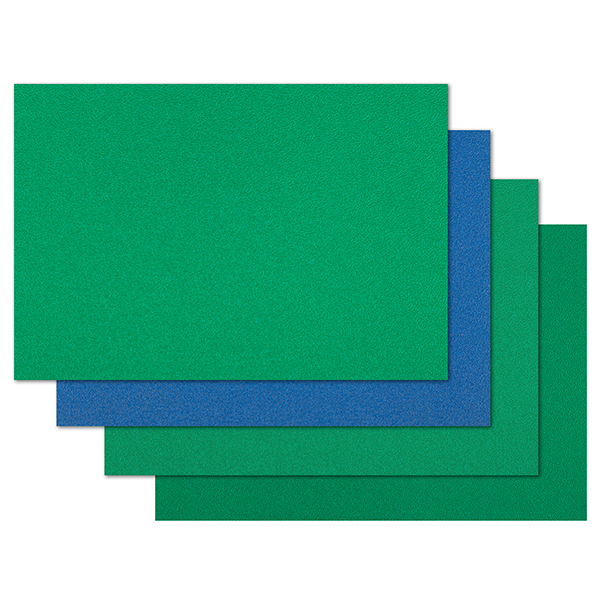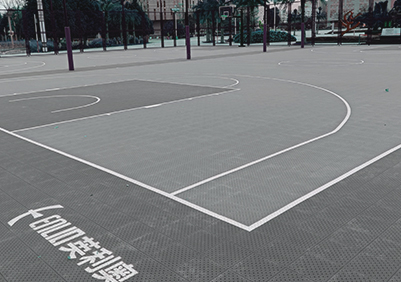جولای . 07, 2025 05:26 Back to list
Apex Outdoor Pickleball Courts – Durable & Customizable Surfaces for Your Space
- Introduction to Apex Outdoor Pickleball Courts and the Growth of Pickleball
- Material Innovations in Outdoor Pickleball Courts
- Converting Tennis Courts to Pickleball Courts: Key Considerations
- Technical Advantages and Performance Analysis
- Major Manufacturers Comparison: Features and Price Table
- Custom Solutions Tailored for Different Environments
- Conclusion: The Future of Apex Outdoor Pickleball Courts

(apex outdoor pickleball courts)
Introduction: The Rise of Apex Outdoor Pickleball Courts
Over the past decade, the popularity of pickleball has skyrocketed, with the apex outdoor pickleball courts
becoming a centerpiece of this growth. According to USA Pickleball, over 8.9 million Americans participated in pickleball in 2023, representing a remarkable 85% increase from two years prior. This surge has led to a wave of new court constructions and a significant trend in converting underutilized tennis courts to dedicated pickleball courts. Modern outdoor pickleball courts offer optimized playing surfaces and dimensions tailored for both recreational play and professional tournaments, playing a vital role in community sports infrastructure. This blog explores the leading materials, technical innovations, market suppliers, and case studies that inform best practices for developing apex outdoor pickleball courts in diverse environments.
Material Innovations in Outdoor Pickleball Courts
A crucial aspect of longevity and playing quality in outdoor pickleball courts is the selection of surface materials. What are outdoor pickleball courts made of? Traditionally, acrylic and asphalt have dominated the market due to their durability and maintenance profiles. However, advances in sports surface engineering now include modular polypropylene tiles, cushioned polyurethane overlays, and even recycled rubber composites. Each material offers unique benefits:
- Acrylic Surface: Widely favored for its smooth texture, superior ball bounce, and UV resistance. Perfect for variable climates.
- Post-Tensioned Concrete: Provides enhanced crack resistance and long-term stability, reducing repair intervals.
- Modular Sports Tiles: Offer shock absorption, rapid drainage, and customizable colors/lines without costly resurfacing.
Converting Tennis Courts to Pickleball Courts: Key Considerations
One cost-effective way for communities to capitalize on existing recreational assets is by converting tennis courts to pickleball courts. This process not only maximizes space utilization but also democratizes sports access for broader age groups. Several technical considerations are crucial:
- Surface Condition: Evaluate cracks, heaving, and existing wear that may impact pickleball playability.
- Court Markings: Standard pickleball court dimensions (20x44 feet) require precise lining, best applied with fade-resistant paint.
- Net Systems: Tennis nets (36 inches at center) must be replaced or retrofitted with adjustable pickleball nets set at 34 inches.
- Fencing: Given pickleball’s fast pace and smaller court, perimeter fencing may need modifications for safety and accessibility.
- Surface Texture: Resurfacing with specialized acrylic or modular tiles enhances traction and lowers injury risks.
Technical Advantages and Performance Analysis
Modern apex outdoor pickleball courts distinguish themselves through a series of technical innovations that enhance both player performance and court longevity. Key performance metrics include:
- Surface Coefficient of Restitution: Indicates ball bounce consistency, with an optimal range of 0.88–0.94.
- UV and Weather Resistance: Advanced coatings and pigmented materials protect against fading, cracking, and mold.
- Shock Absorption: Cushioning systems reduce repeated low-impact shock by up to 70%, minimizing joint stress and injuries.
- Drainage Efficiency: Perforated tile systems allow for swift water removal, ensuring rapid return to play after rain (within 20 minutes on average compared to over 3 hours for traditional asphalt).
Major Manufacturers Comparison: Features and Price Table
Selecting a court supplier is pivotal for ensuring product quality and lifecycle value. Here’s a comparative table of the leading manufacturers, focusing on material, lifespan, shock absorption, price per court, and warranty:
| Manufacturer | Surface Material | Expected Lifespan | Shock Absorption | Avg. Price per Court (USD) | Warranty Period |
|---|---|---|---|---|---|
| CourtPro Apex | Post-Tensioned Concrete + Modular Tiles | 25 years | High (68%) | $35,000 | 15 years |
| SportMaster | 100% Acrylic | 10 years | Moderate (40%) | $22,000 | 8 years |
| VersaCourt | Polypropylene Modular Tiles | 18 years | Excellent (72%) | $30,000 | 15 years |
| Pickleball United | HD Flex Tiles + Acrylic Overlay | 20 years | High (65%) | $28,000 | 10 years |
| SportCourt | Performance Polypropylene Tiles | 17 years | Excellent (70%) | $27,000 | 12 years |
Across these top vendors, CourtPro Apex and VersaCourt lead in both warranty and shock absorption ratings, justifying their higher initial investment with superior lifecycle performance. For facilities with high traffic or extreme climates, modular tile-based systems are strongly recommended.
Custom Solutions Tailored for Different Environments
The right approach for constructing or upgrading apex outdoor pickleball courts depends heavily on site conditions, climate, and user demographics. Custom court solutions respond to these differing needs:
- Coastal and Humid Regions: Prioritize non-porous, marine-grade coatings and corrosion-resistant underlays to withstand salt air and high moisture levels.
- Extreme Temperature Zones: Use flexible modular tile systems that expand and contract with temperature changes, preventing surface buckling.
- Urban Settings: Employ noise-reducing surface technology, sound barriers, and compact court footprints suitable for limited space.
- Inclusive Design Strategies: Offer adjustable net posts, ADA-compliant access paths, and highly visible court markings for all ages/abilities.
Conclusion: The Future of Apex Outdoor Pickleball Courts
As participation levels continue their upward trajectory, apex outdoor pickleball courts are set to define the next generation of accessible and inclusive full-service recreation spaces. With continual advancements in surface materials, conversion methods, and supplier capabilities, today's investments will yield community health, engagement, and facility ROI for years ahead. Whether upgrading aged tennis assets or building ground-up, focusing on performance-tested materials, trusted vendors, and adaptive customization ensures long-term success for all facilities looking to join the pickleball revolution.

(apex outdoor pickleball courts)
FAQS on apex outdoor pickleball courts
Q: What are Apex outdoor pickleball courts?
A: Apex outdoor pickleball courts are specialized courts located in Apex, designed specifically for playing pickleball outside. They meet official dimensions and standards. These courts provide a smooth, durable surface for optimal gameplay.Q: How do you convert tennis courts to pickleball courts?
A: Converting tennis courts to pickleball courts involves mapping out smaller pickleball boundaries over the tennis court. Portable or painted pickleball nets are added, along with appropriate line markings. Sometimes partial or full resurfacing is needed for maximum playability.Q: What materials are outdoor pickleball courts made of?
A: Outdoor pickleball courts are typically made of concrete or asphalt bases topped with acrylic surfacing materials. These materials provide good traction and weather resistance. Some courts use cushioned surfacing for extra player comfort.Q: How many pickleball courts can fit on one tennis court?
A: Typically, two to four pickleball courts can fit on a single tennis court. The exact number depends on available space and layout preferences. Proper line marking ensures clear and safe play areas.Q: Are Apex outdoor pickleball courts open to the public?
A: Yes, most Apex outdoor pickleball courts are open to the public for recreational play. Some courts may require a reservation or small fee. It's best to check with local facilities for schedule and access rules.-
Premium Plastic Pickleball Court Tiles - Durable Commercial Plastic Flooring Solutions
NewsJul.07,2025
-
Indoor Pickleball Court Dimensions Guide Standard Sizes & PDF Download
NewsJul.07,2025
-
Apex Outdoor Pickleball Courts – Durable & Customizable Surfaces for Your Space
NewsJul.07,2025
-
Premium Pickleball Sport Court Solutions Durable & Customizable Courts for All Levels
NewsJul.06,2025
-
Springs Pickleball 9 Indoor Courts Available – Premier Pickleball Experience
NewsJul.06,2025
-
Durable Plastic Pickleball Court Tiles Versatile Commercial Plastic Flooring Solutions
NewsJul.05,2025

